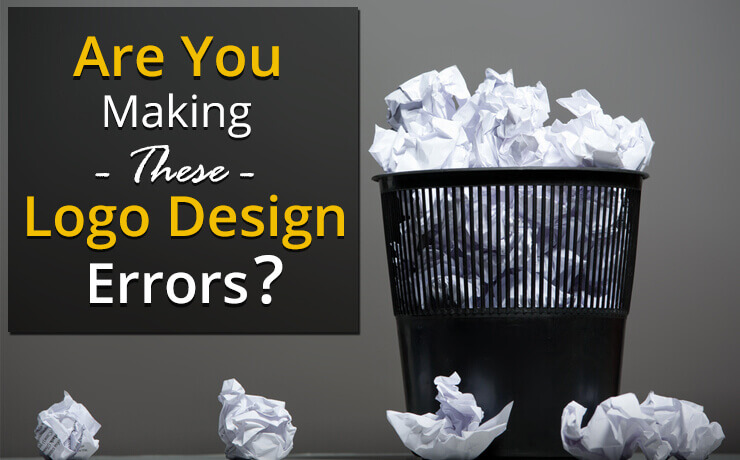Design Principles That Every Web Designer Should Learn

Chad Faith
Director of Content

When you embark on web design, it’s important to recognize that there is a long history of design that came long before the internet was first conceived. Design goes back as far as the first cave paintings and since then it has been refined and revisited to result in today’s approach.
In other words then, it’s a foolish attitude to think you can just dive straight in and follow your intuition without first doing some background learning. When it comes to building an effective website, the code is actually only a small part of it – it’s the design ideas that will really make everything come together.
Below then are some of the principles you need to learn that will provide a basic starting point to help you start designing like a pro.
Typography
Typography is a much bigger part of web design than most people realize and it gets severely overlooked when people start creating websites without first doing their background reading. Learning the principles of typography should be high on your to-do list as this will ultimately impact the entire feel of your pages while at the same time improving your legibility. This treatise on why people hate comic sans, will help you to understand the basics of a good vs bad font choice.
Contrast
Learning about contrast is also highly important for any design work. This means learning how to make something stand out on a page, either by making it a contrasting color, or by using the right typography or position. This is particularly important if you are selling from your site or if you are including advertising that you want to stand out.
Color Theory
Color theory describes which colors work well together versus which ones do not and explains the reasoning behind this. This will allow you to make color choices on your website that avoid ugly clashes and that instead give your site an attractive and eye-catching appearance.
Color Psychology
A related-yet-distinct set of principles are those relating to color psychology. This explains how different colors create different associations and thus make us feel and act differently in accordance. You should be trying to illicit specific responses through your web design and an understanding of color psychology will help you to do that.
Grid Based Design
So now you know what looks good on a page and what doesn’t and you know how to influence the way your visitors feel, how do you go about turning all that into a cohesive design? This is where grid-based designing comes in, which provides a framework on which you can assemble your various elements. This will help you to maintain visual balance throughout your layouts and will simplify the design process tremendously at the same time.
If you are one of those web designers who understand these main principles for website design, it is safe to say that you are on your way to creating a website that looks spectacular from all points of view!
 Free
Consultation
Free
Consultation Free
Google Ads Audit
Free
Google Ads Audit







